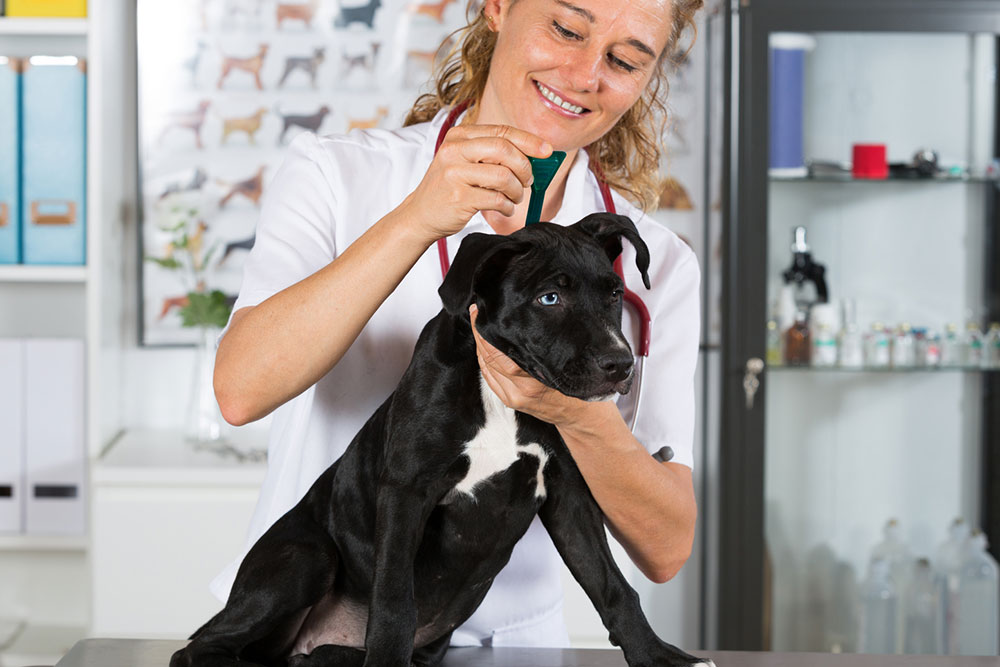
11 warning signs for a pet’s visit to the veterinary clinic
A furry friend is always a beloved member. So, naturally, one will do everything to keep them safe and healthy. While vet checkups and vaccinations are crucial, one must also carefully watch their activities between routine visits. One must recognize any indicators to ensure the pet is safe from danger. Here is a list of warning signs for taking the pet to the vet hospital or having one of the top doctors examine them.
Elimination issues
If the pet’s defecation habits are unusually different and their feces look abnormal, one must make an appointment with a healthcare professional as soon as possible. Changes in the color, odor, regularity, or consistency of bowel movements are alarming signs of an underlying issue stemming from intestinal parasites, viruses, allergies, inappropriate food, bacteria, or organ problems. Moreover, blood in the stool, diarrhea, and constipation are weighty reasons to take the pet to the vet. However, if one cannot bring the stool sample to the vet hospital for testing, one can capture a picture of one’s feces to show the doctor if required.
Change in eating habits
Any significant change in one’s pet’s eating habits can signify a grave issue. It is okay to skip a meal, especially if they are in a new environment, but not eating for two days is a sign of an underlying problem. The reverse is also applicable, meaning if the pet tries to raid the refrigerator or cupboards, one must take them to a vet hospital.
Excessive thirst
As a responsible pet owner, monitoring a furry friend’s water consumption is crucial. Increased water intake may indicate an underlying health issue, such as diabetes or kidney disease. Detecting one’s pet’s water intake is easy by counting the times one has to fill their bowl or how often they urinate.
Dragging back legs
It can be a warning sign of heart disease. When a cat has aortic thromboembolism, it results in blood clots in the back legs, making them paralyzed. So, if one notices one’s cat dragging the back legs, take them to a veterinary clinic. The doctors can recommend some treatment options to cure it.
Extreme pain
When a pet is in pain, it is always an emergency. If the pet displays signs of pain, such as drooling, panting, vocalizing, or profound limping, it is best to take them instantly to a vet.
Unusual fatigue
One of the most apparent warning signs is a change in the dog’s behavior. This is even more severe if the pet is usually a happy-go-lucky, energetic pup and suddenly acts lethargic and sluggish. Sudden energy loss could hint at an infection, illness, or underlying disease. Take the dog to a vet who can suggest the correct treatment options.
Labored breathing, coughing nonstop, or choking
It’s essential to keep in mind that breathing problems in pets can sometimes be an indicator of heart disease. If one notices their pet choking, it may be due to an obstruction in their trachea, preventing them from breathing properly. Coughing can be a sign of tracheobronchitis, a contagious disease that can cause inflammation in the airways. If one sees blood in their pet’s cough, it’s crucial to take them to the vet immediately, as it could be a sign of a severe condition requiring immediate medical attention.
Persistent diarrhea or vomiting
It is not unusual for a pet to experience diarrhea or vomiting occasionally. However, there are instances when a visit to the vet may be necessary, such as blood in the feces or vomit, passing stools, vomiting multiple times in a row, or any other unusual occurrence.
Weeping, irritated, or red eyes
Irritants and infections can change the appearance of their eyes. If the eyes look red and teary or produce excessive mucus, one must get their pet examined at a veterinary clinic. Other reasons for red eyes include an injury or scratch to the cornea.
Dry or rough coat
The dog’s coat is usually soft, shiny, and thick, but sometimes it may appear dry, rough, or dull and may have bald patches. These signs could indicate that something is wrong. Allergies, improper nutrition, or skin disease could be the underlying causes. In any case, visiting the vet and seeking appropriate treatment is crucial.
Vet visit rates
The average rate for a regular veterinary visit is between $25 and $186. During a standard vet examination, the doctor performs a thorough physical examination to evaluate their well-being. This examination includes assessing their weight, temperature, breathing, and heart rate. Beyond this, the doctor will also check them for any signs of infection in the mouth, nose, eyes, or ears. They will inspect the skin or coat for any parasites.



